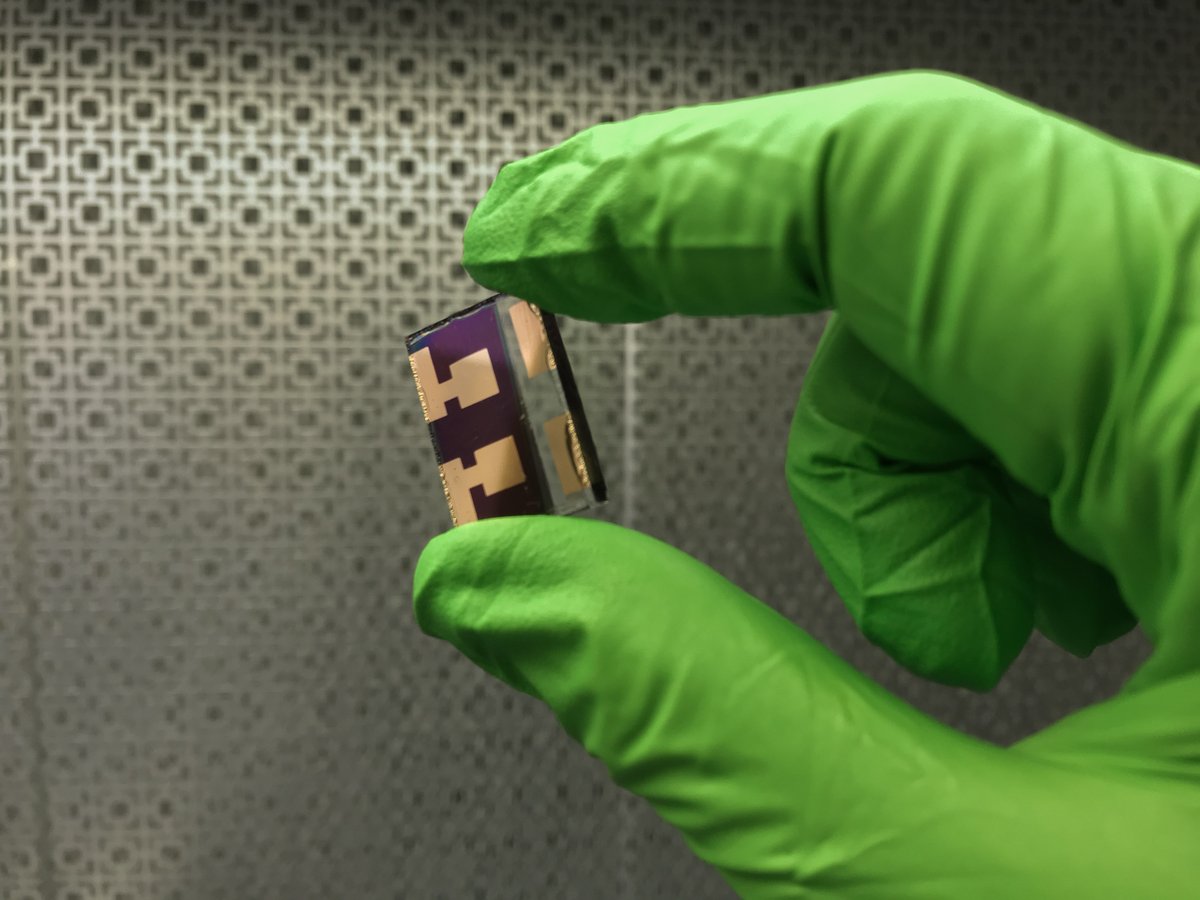Mechanochemical Approach to Inorganic-Organic Hybrid Materials for Perovskite Solar Cells
The recent discovery of hybrid organic-inorganic metal halide perovskites led to a renaissance of thin film photovoltaics.[1] The great diversity of hybrid perovskite compositions and preparation pathways makes them an excellent candidate for novel photovoltaic materials with unique combination of properties, the potential for low cost and easy processing along with relatively high power conversion efficiencies.[2] Crystallinity, density of defects and impurities are key factors for optoelectronic properties, and are also highly dependent on the materials formation processes for most inorganic semiconductors. Understanding this behaviour and the structure/property relationship is crucial for fundamental understanding of perovskite materials, and for extending their properties to other process-tolerant systems. In that context, the synthetic approach induced by mechanical forces has appeared as a new emerging methodology in materials science.[3]
The mechanochemical reactions in solid state offer a significant advance by avoid the use of solvent, dramatically shortening synthesis times and simultaneously increasing the purity and amount of product. Herein, I will demonstrate a facile mechanochemical route for the preparation of various hybrid perovskite particles for high-efficiency thin-film photovoltaics.[4] I will also show that such approach applied for preparation of perovskite materials has advantage over a solution-based synthetic routes in terms of hysteresis and device performance.[5] In addition, mechanochemistry allows the facile synthesis of large quantities of polycrystalline materials that is particularly well-suited for solid-state NMR studies, which can provide direct information about cation dynamics and atomic level phase compositions.[6] These studies highlight the essential need for atomic-level characterization of photovoltaic perovskite materials and provide fundamental understanding of photovoltaic parameters in these systems and their superior stability.
References
[1] a) M. Grätzel, Nat. Mater. 2014, 13, 838; (b) N.-G. Park, Mater. Today 2015, 18, 65.
[2] W. S. Yang et al., Science 2017, 356, 1376.
[3] S. L. James et. al., Chem. Soc. Rev. 2012, 41, 413.
[4] (a) D. Prochowicz et al., J. Mater. Chem. A 2015, 3, 20772; (b) D. Prochowicz, et al., Sustain. Energy Fuels 2017, 1, 689.
[5] (a) D. Prochowicz et al., ACS Appl. Mater. Interfaces, 2017, 9, 28418; (b) D. Prochowicz et al., Nano Energy, 2018, 49, 523.
[6] (a) D. J. Kubicki et al., J. Am. Chem. Soc. 2017, 139, 14173. (b) D. J. Kubicki, et al., J. Am. Chem. Soc. 2018, 140, 3345.
Kontakt
Angewandte Physik und Halbleiterspektroskopie
T +49 (0) 355 69-5354
sowinska(at)b-tu.de


